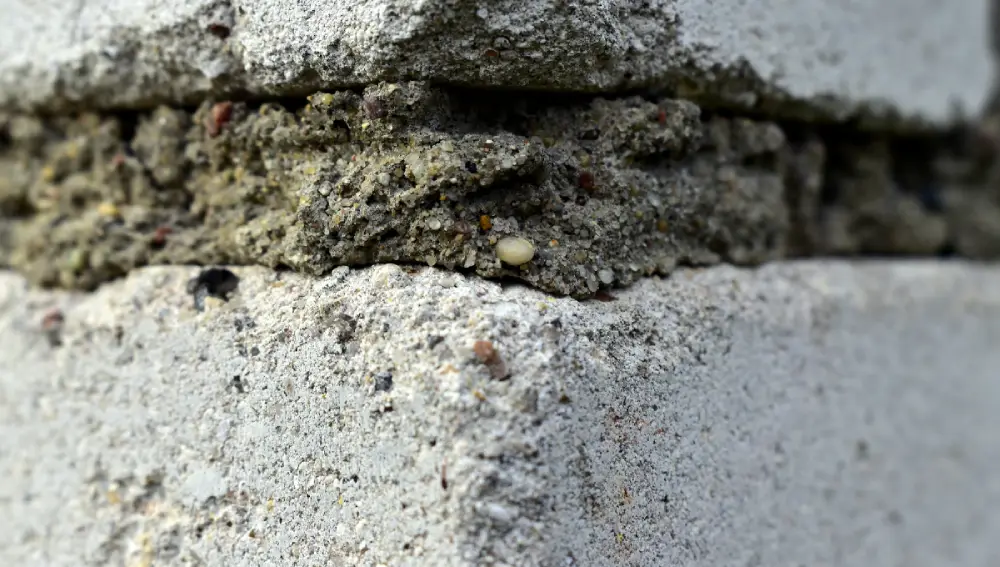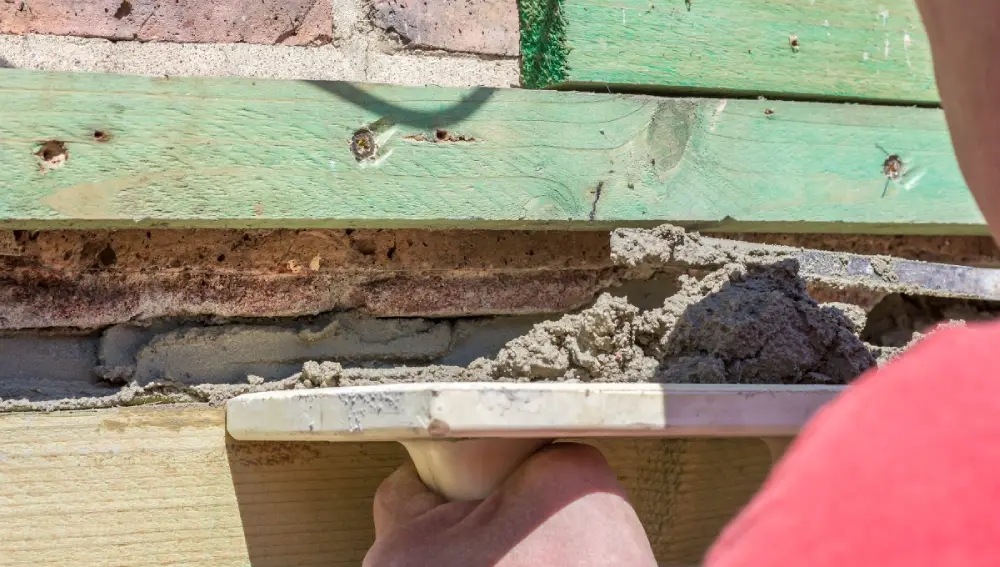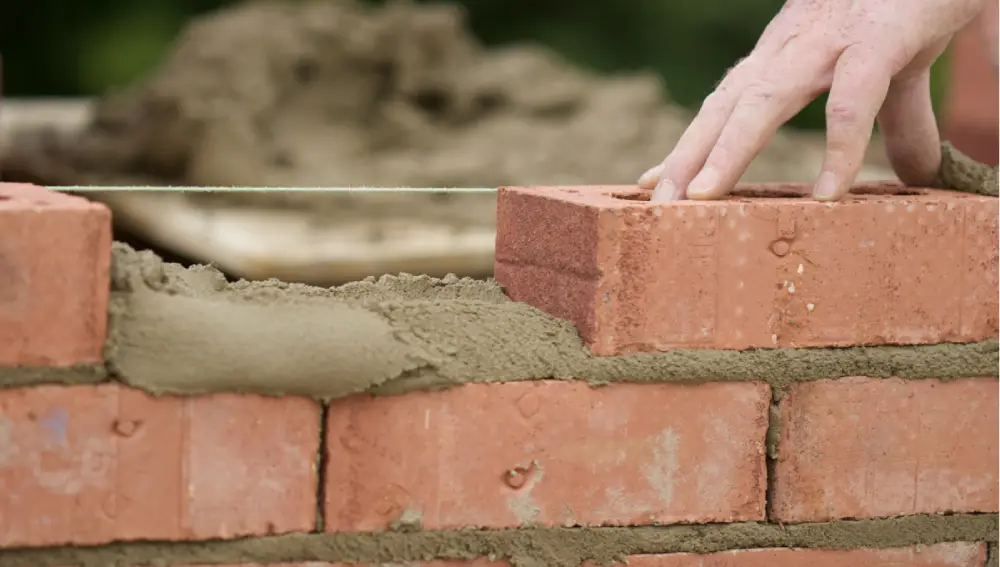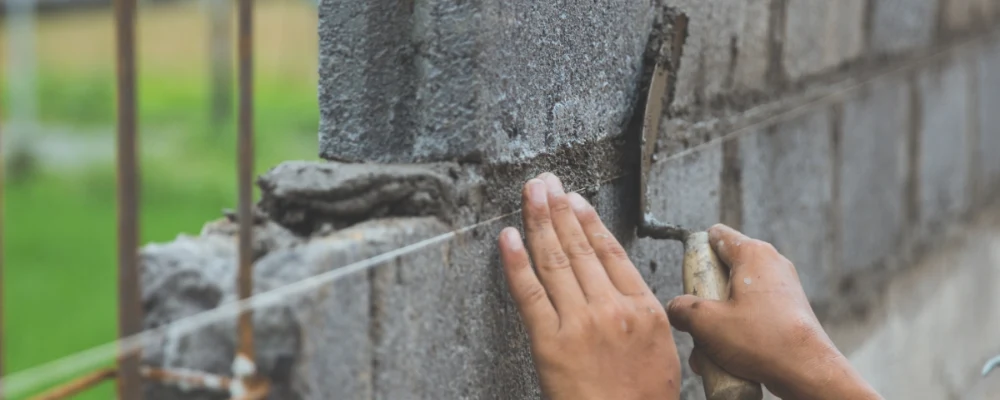Have you ever noticed those few lines between the bricks, or stones, on a wall? Those lines are actually what we call mortar joints, which are a very important part of building a strong, beautiful wall. In this blog, we take a look at what a mortar joint is, why it’s so essential, and the kinds you might use to give your wall not only its best look but also help it last longer.
What are Mortar Joints?

Mortar joints are the spaces found amongst bricks or stones, filled with a special mixture of mortar that generally contains cement, sand, and water. Mortar works to join bricks, stones, or other building blocks together, in turn keeping the wall together with well-dispersed stability. They are required not only for strength but also to play a great role in how the wall looks.
Importance of Mortar Joints
Mortar joints are essential during construction for the reasons below:
- Binding : They make the wall strong and keep all the bricks, stones, or other building blocks in a set together so that it is stable.
- Appearance: Diverse types of mortar joints give varied aesthetics and styles to a wall, especially when masonry blocks are left exposed without plaster or paint.
- Weather Protection: Some of them offer protection against rain and wind that might lash against the wall to make it last for a long period.
Types of Mortar Joints

There are several types of mortar joints, each with a unique look and function. Let’s explore some of these various types.
i. Concave mortar joints
The shape of these mortar joints might resemble a small dip or even a bowl. This type of design serves well to direct rainwater off the wall and thus reduces the chance of water damage. Due to the concave type of design, which is so practical for protection yet seems very neat to the eye, this is one of the most commonly used mortar joints for many kinds of masonry work.
ii. V-Mortar Joints
V-mortar joints are much like concave but resemble a V in the center. For the most part, it is selected for a very sharp and modern appearance. Much like concave, V-mortar joints help in directing runoff from the wall and prevent waterit from seeping into the bricks or stones.
iii. Flush Mortar Joints
Flush mortar joints, as the name suggests, are flush or in line with the masonry surface. This joint looks relatively smooth, flat and modern. Even though it does not perform as well in terms of keeping water out as compared to the concave or V-mortar joint, many builders still prefer using them because they give wall surfaces a clean and refreshing appearance.
iv. Raked mortar joints
Raked mortar joints are formed by a grooved recess, marking an outline and shadow line between masonry blocks. This design provides great depth and some texture to the wall, making it look highly detailed and interesting. Raked joints may also facilitate another desired effect of making the blocks appear 3-dimensional—a pleasing effect in exposed masonry surfaces.
v. Weathered Mortar Joints
Weathered mortar joints slope slightly towards the inside and they act like a small ramp,; this feature helps water to slide away from the wall. Additionally, these features give the wall a more traditional appearance. Weathered joints are usually used if a classic appearance is desired on older or historic buildings.
vi. Beaded Mortar Joints
Beaded mortar joints are those having a small, rounded bead at the edge of masonry block surface. The joint imparts an aesthetical aspect to the wall in addition to setting an appearance with a touch of elegance and sophistication. However, this type of joint is susceptible to easy breakage as it extrudes out from the wall surface. vii. H. Grapevine Mortar Joints
Grapevine mortar joints are similar to concave ones, but this mortar joint zigzags like a grapevine. They are not used as frequently as the other types of mortar joints, but they provide a wall with a unique aesthetic appearance. Grapevine joints are often used in ornamental masonry where a organic aesthetics are valued.
Selecting the Correct Mortar Joint: Considerations

All the types of mortar joints explained above incorporate functionality and visually pleasing aesthetics. However, the choice of joint depends on some significant factors, like:.
- Weather Conditions: For someone who resides in a region where there are heavy rains or where there is high wind, they would need a mortar joint that would help in deflecting water away from the wall. Concave, V-mortar, and weathered joints will be ideal in such conditions, while beaded joints may not be ideal.
- Wall Style: The appearance of the wall is very important. If one desires a slick, modern look and feel, then perhaps flush joints are best. If one wants something more textured and, traditional, then perhaps raked or weathered joints are best.
- Durability: All the joints are not equally durable. Concave and weathered joints are superior in protecting the wall from water damage. Check the level of abrasion that the wall may be subjected to, in order to determine the durability of the joint that can withstand such conditions.
Quality of Mortar Joints
Below are a few tips to help your mortar joints look great visually and function properly:
- Proper Mixing Of Mortar: This is a matter of great importance. Mortar that is too dry may be difficult to work with, while a very wet mix may lead to cracked and weak joints.
- Spread Evenly: Spread the mortar equally in the joints. Use a trowel to spread it while scraping off the surplus. Non-uniform mortar joints may look clumsy and unfinished.
- Clean Off: Dampen the face of the bricks or stones and clean off any excess mortar while it is still wet. This will enhance the aesthetics of exposed masonry surfaces.
- If you are new to masonry, practice first on a small project so that you can get a feel for applying mortar to the actual masonry and finishing the joints.
Conclusion
Mortar joints may seem like a small and insignificant part of construction. However, they are vital to ensuring wall stability and visually pleasing aesthetics. Choosing the right type of mortar joint for your specific project needs is important. It is recommendable to consult experts to help you choose the right type and proportions for mortar joints.
Frequently Asked Questions
Mortar is generally a mix of cement, sand, and water, used as glue to paste bricks or stones on top of each other. However, it can also be made with other materials like lime.
Not always. The type of mortar joint you wish to have depends on the purpose of the wall, local weather conditions, and even the style you intend to have.
Rake out the weakened mortar joint and replace it with new mortar. One might want to consider getting professional help if they are not strongly convinced or unaware of how to do it themselves.
Under normal circumstances, mortar tends to dry within a period of around 24 to 48 hours. However, drying time will differ depending on the type of weather and the mortar being used.

